Director: Soichi Umezawa
Producer: Yoshihiro Nishimura
Cast: Ena Fujita, Asuka Kurosawa, Yuyu Makihara, Ryo Shinoda, Momoka Sugimoto
Running Time: 80 min.
By Kyle Warner
Horror fans like to convince themselves that they’ve seen it all. ‘That new horror film everyone loves is actually a more mainstream take on a similar horror movie made 20 years ago that nobody paid attention to at the time, don’tchaknow?’ But then something like Vampire Clay comes along and the jaded horror fan realizes that no, there are still tons of brand new terrors to discover. In the first act of Vampire Clay, a clay tongue slithers across the floor and eats a hamster. And it only gets stranger from there.
Vampire Clay is written and directed by master makeup artist Soichi Umezawa. As a makeup artist, Umezawa worked on a wide range of films, from Dr. Akagi to Alien vs. Ninja. He’d previously directed a segment for the horror anthology ABCs of Death 2, but Vampire Clay is his feature film directorial effort. Much of Vampire Clay feels like a showcase for Umezawa’s practical effects, with a healthy helping of body horror and monster effects on display.
90% of the film takes place within the walls of a cramped art prep school in the country. The prep school used to be the home of a failed sculptor in the area and has since fallen into disrepair. The tutor fixes the place up, including digging through the garden outside, which is where she finds some art supplies which were (mysteriously) buried there. When the students arrive—each of them are desperately hoping to hone their skills at the prep school before applying to a prestigious art school in Tokyo—they are tasked with a sculpture subject of the day. One student finds the dry clay that was dug up in the yard, adds water to it to make it pliable and hold a form, and notes that there is something peculiar about this clay.
That night, the clay sculpture moves. It reaches out for a razor, which it then hides within its form for an unsuspecting student to cut themselves on. And when the cut is made, the blood seeps into the clay unnaturally fast. Liquid is needed to make the clay pliable but it seems blood is what makes it hungry. One night, when a student stays late to work on her project alone, the clay attacks and bites into her with its mushy clay teeth. A strange fight unfolds, by turns disgusting and humorous, as the clay makes food out of the student.
If this all sounds absurd, that’s because it is. Despite the fairly grotesque visuals and a screenplay with no humorous dialogue, I am convinced that director Umezawa intended the movie as part comedy. The monster is a nasty piece of work that infects its victims and makes their flesh moldable and clay-like. The creature’s true form is a bit like the Eraserhead baby. Most of the movie is the student’s slow realization that there is a monster in their midst as the clay turns them one by one.
The movie plays like someone got high in art class while watching The Thing and I absolutely mean that as a compliment. There are moments where I loudly exclaimed stunned profanities while watching the movie because holy shit it’s insane. I don’t wish to ruin the best creature moments—because they are the real reason to see the movie—but I would suggest that fans of monster movies and body horror will find a few memorable moments to enjoy here.
I do think Umezawa has a ways to go as a storyteller, however. The film is poorly plotted and, despite the madness on screen, somehow not as exciting as you’d think. The characters are fairly bland and the film makes strange choices about who to kill off when. For example, one character with actual backstory exits the film before the final act, but someone else who was mostly a background player sticks around until the end. Normally I’d give points for an unexpected kill in a horror movie, but not if it comes at the expense of losing one of the few characters we can latch onto. The film’s score is also lacking and doesn’t back up the crazy visuals with the oomph they deserve.
There comes a point halfway through the film when we get some origin story about the clay monster. Sadly, it’s not as crazy as the creature probably deserves. The failed sculpture who used to own the building literally put his own blood into his final work and a need for vengeance brought it to life. The film also shows some indecision in its final moments. Vampire Clay has four endings, by my count; something operatic, something obvious, something gross, and something epic. The film did not earn its more tragic first ending, so I’m glad they expanded from there. And the ‘epic’ finale that plays before the credits is a pretty spectacular ‘WTF wow’ moment, so Umezawa at least knew to end on the right note. But this strange extended epilogue makes Vampire Clay feel like it doesn’t know when to take a bow and get off stage.
Vampire Clay has a pretty great new monster but it is not a great movie. Just the same, I’d happily recommend it to curious viewers, especially those who are horror fans looking for something different. It’s not a scary horror film, but it should have the audience squirming and laughing in disbelief. One thinks that the movie is probably best enjoyed with friends and maybe a drink or two. Or maybe some cannabis? Hey, it’s being released on iTunes on 4/20 in the US, so you can’t tell me I’m the only one who thought of that.
I’m curious to see what director Umezawa does next. Vampire Clay features moments that are so startlingly bizarre that one hopes the director continues to refine his craft, because we need more weirdo originality in cinema.
Kyle Warner’s Rating: 6.5/10


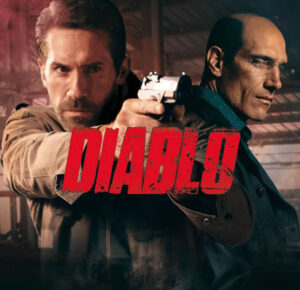




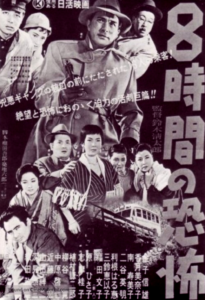

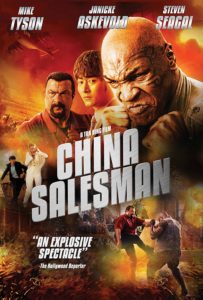
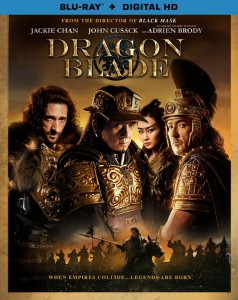

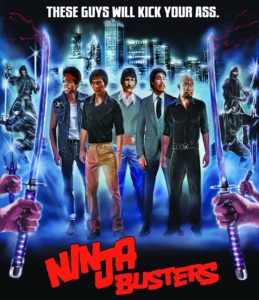



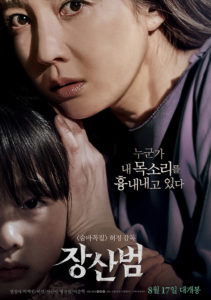
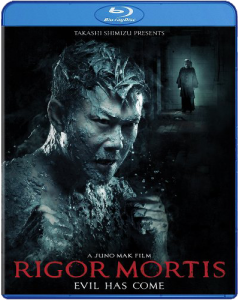





Be the 1st to Comment